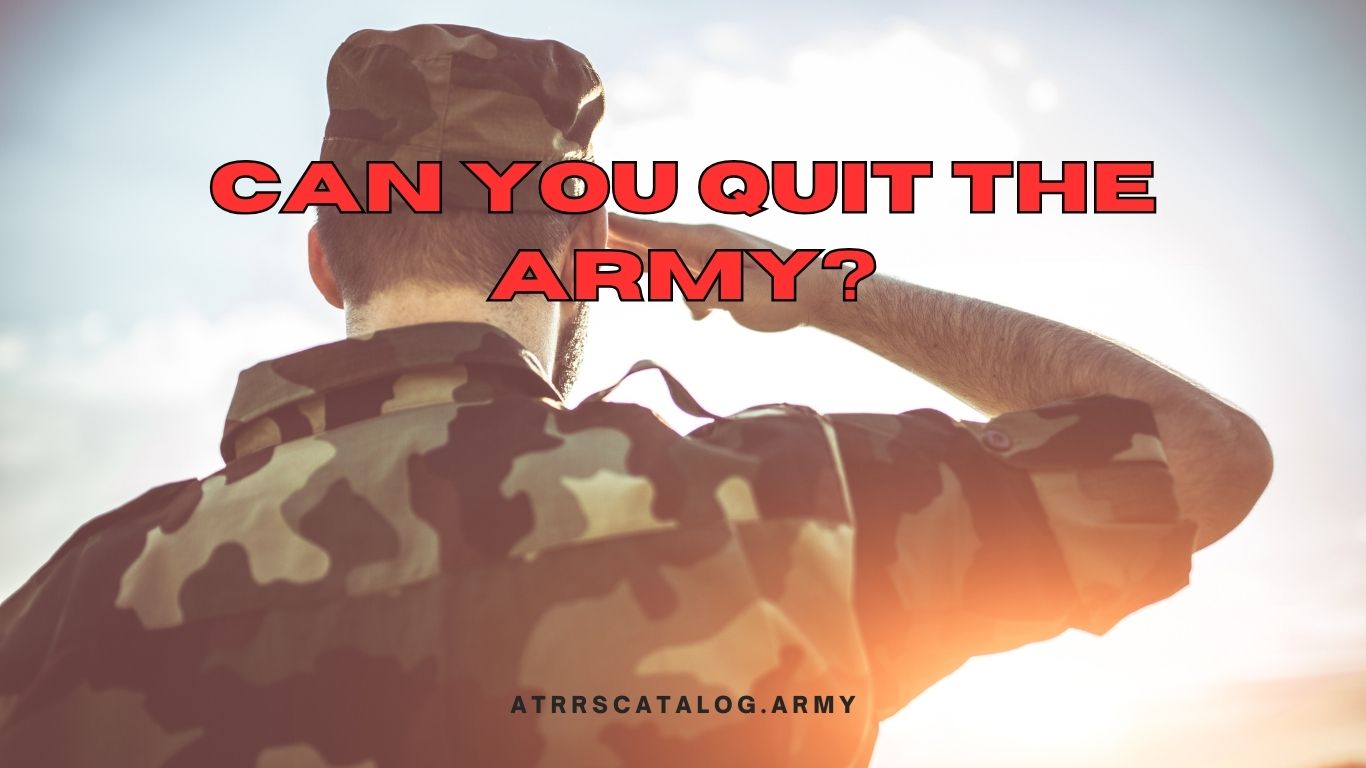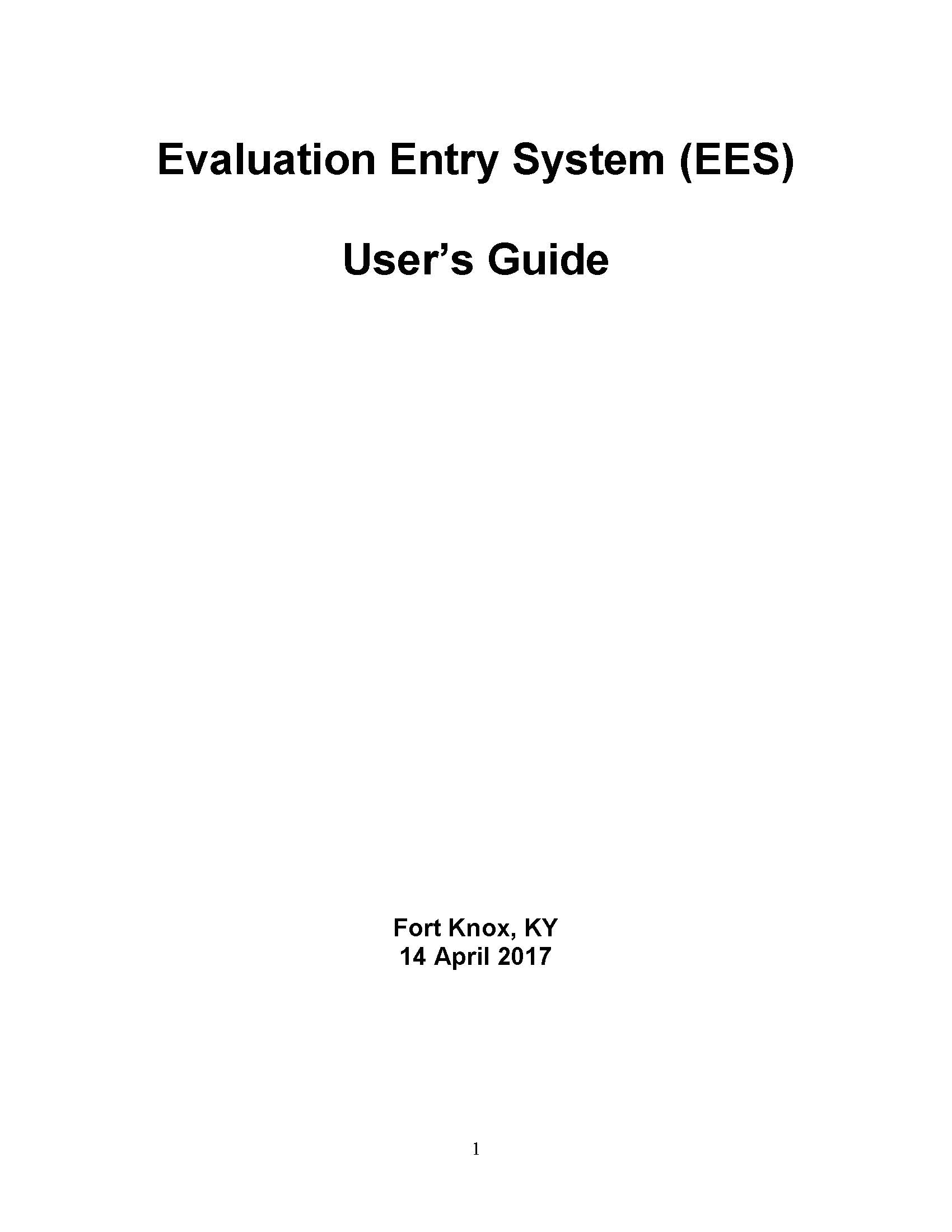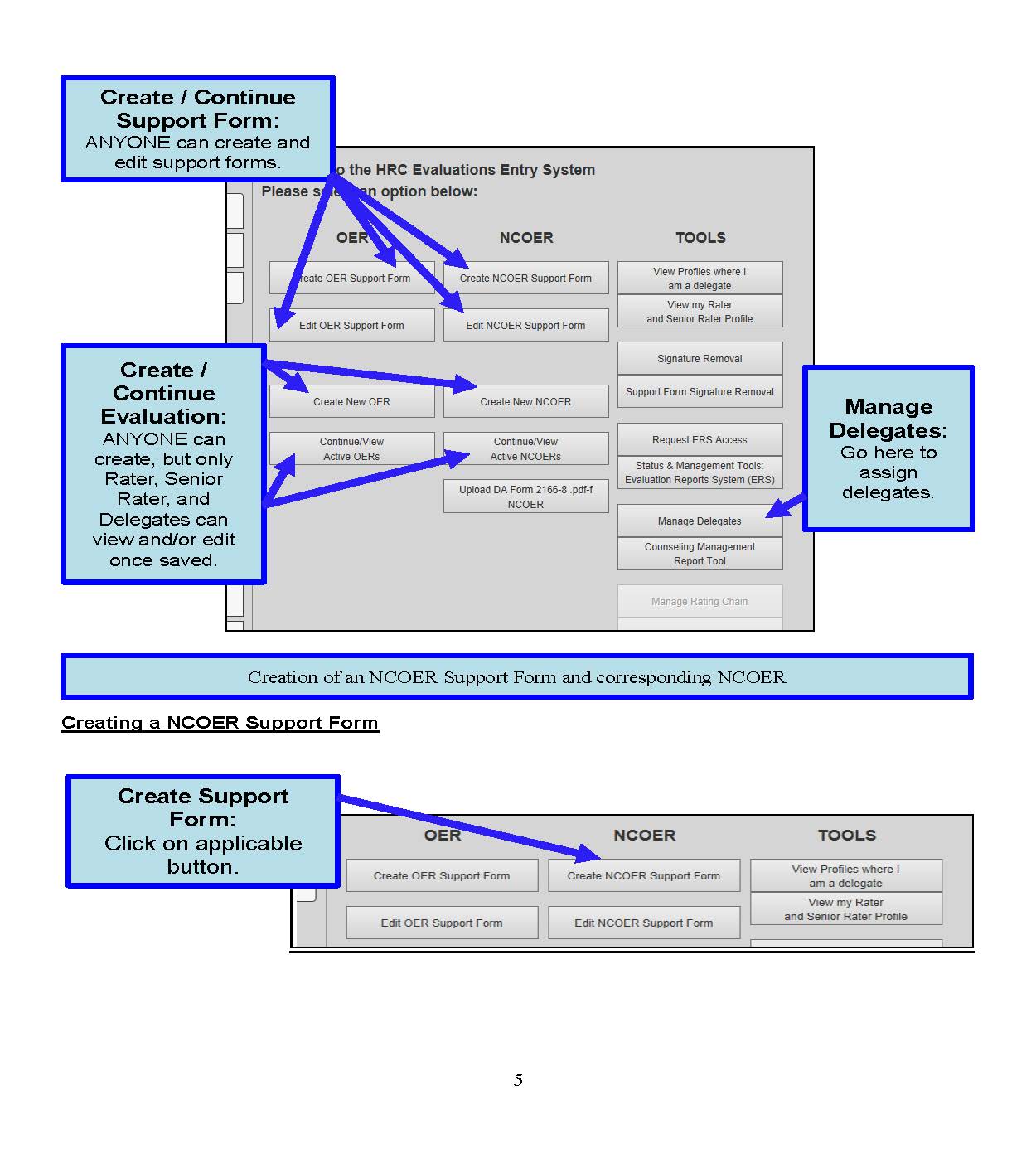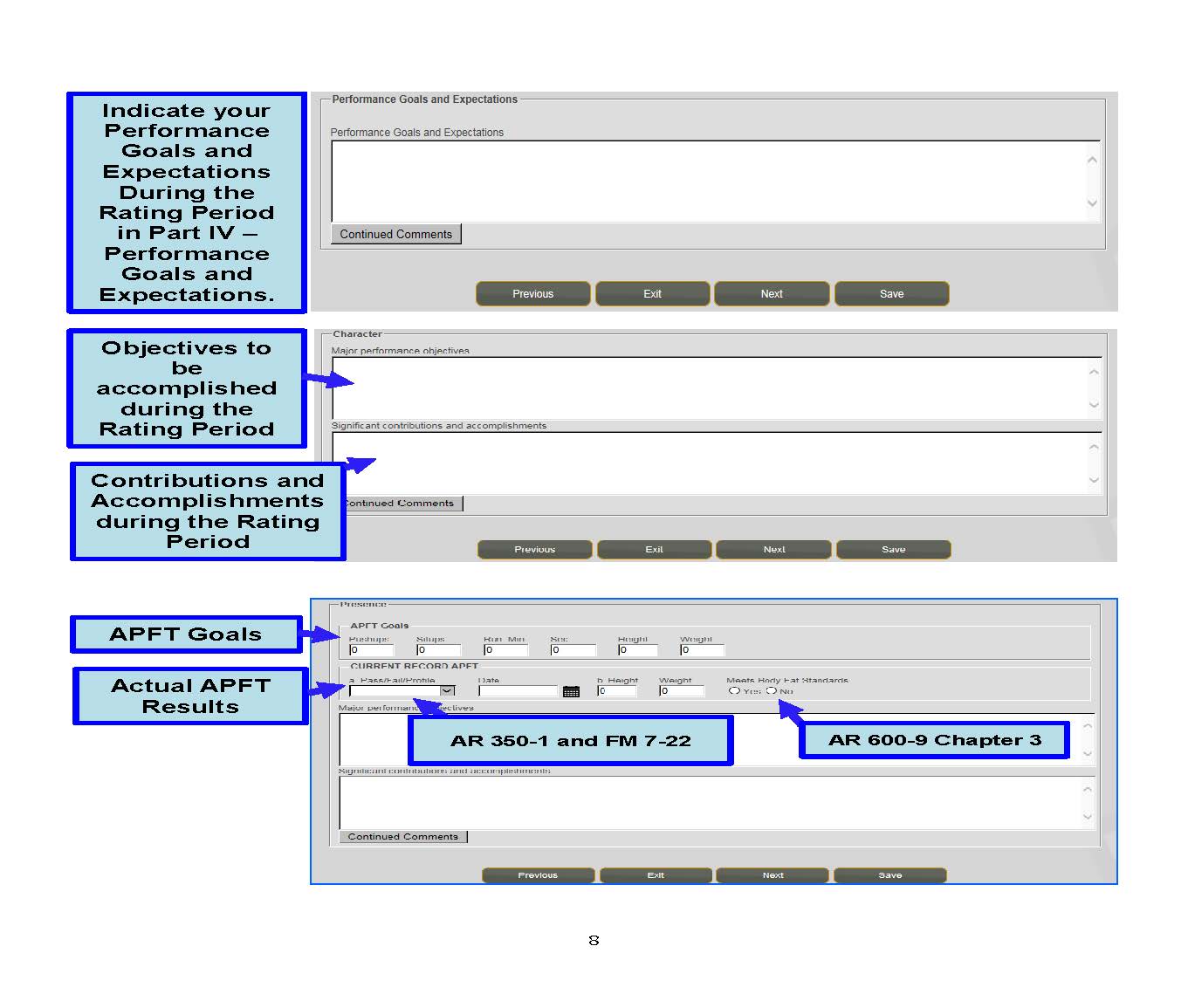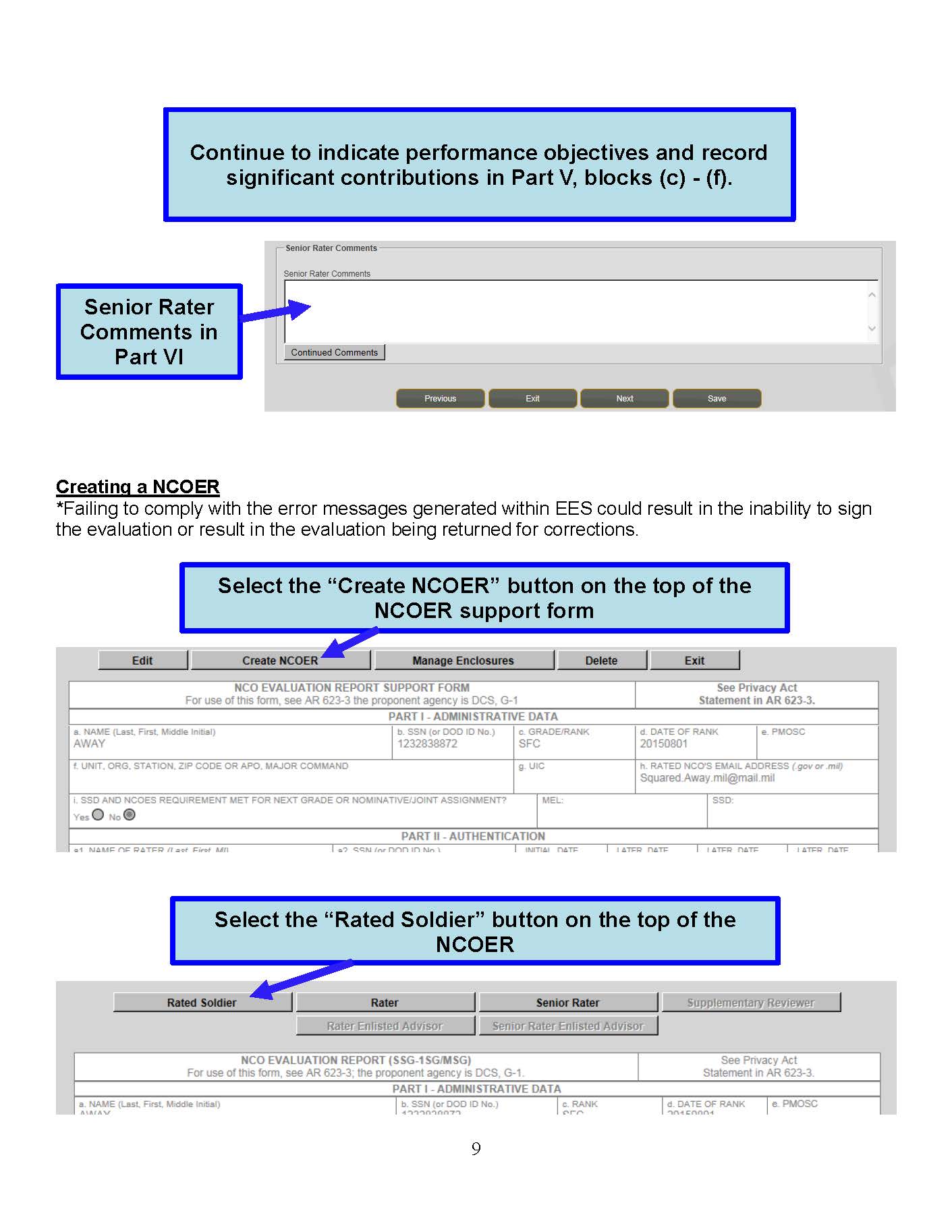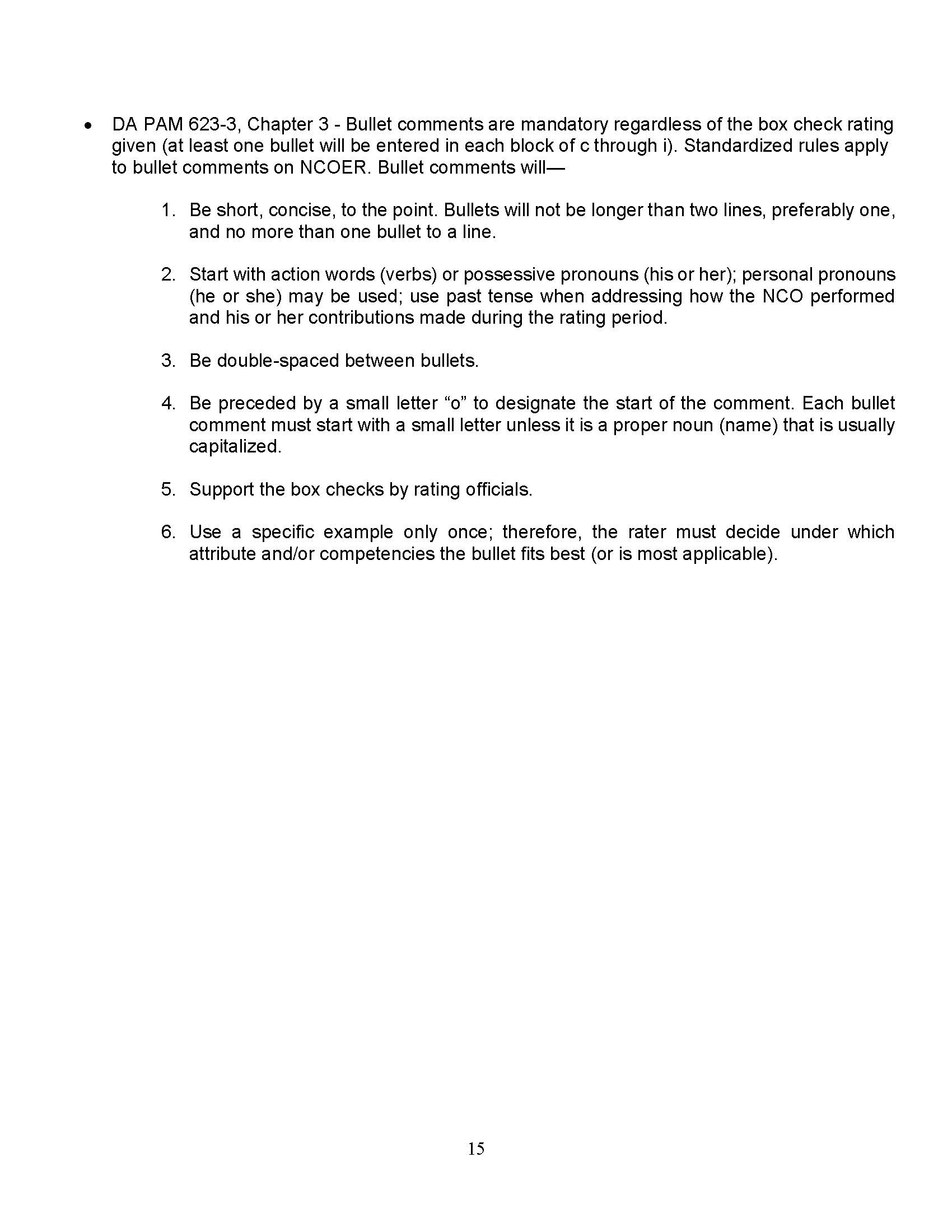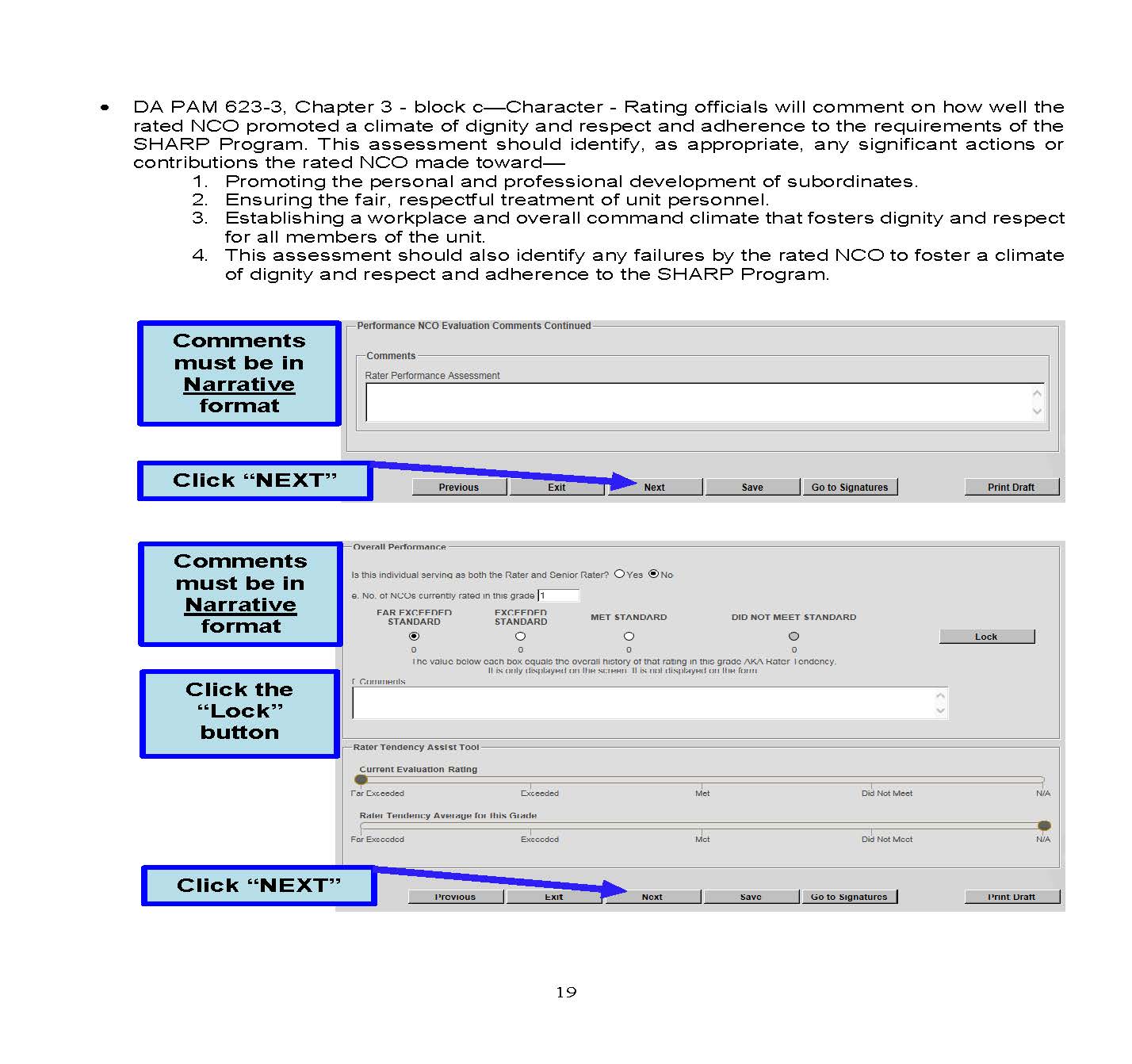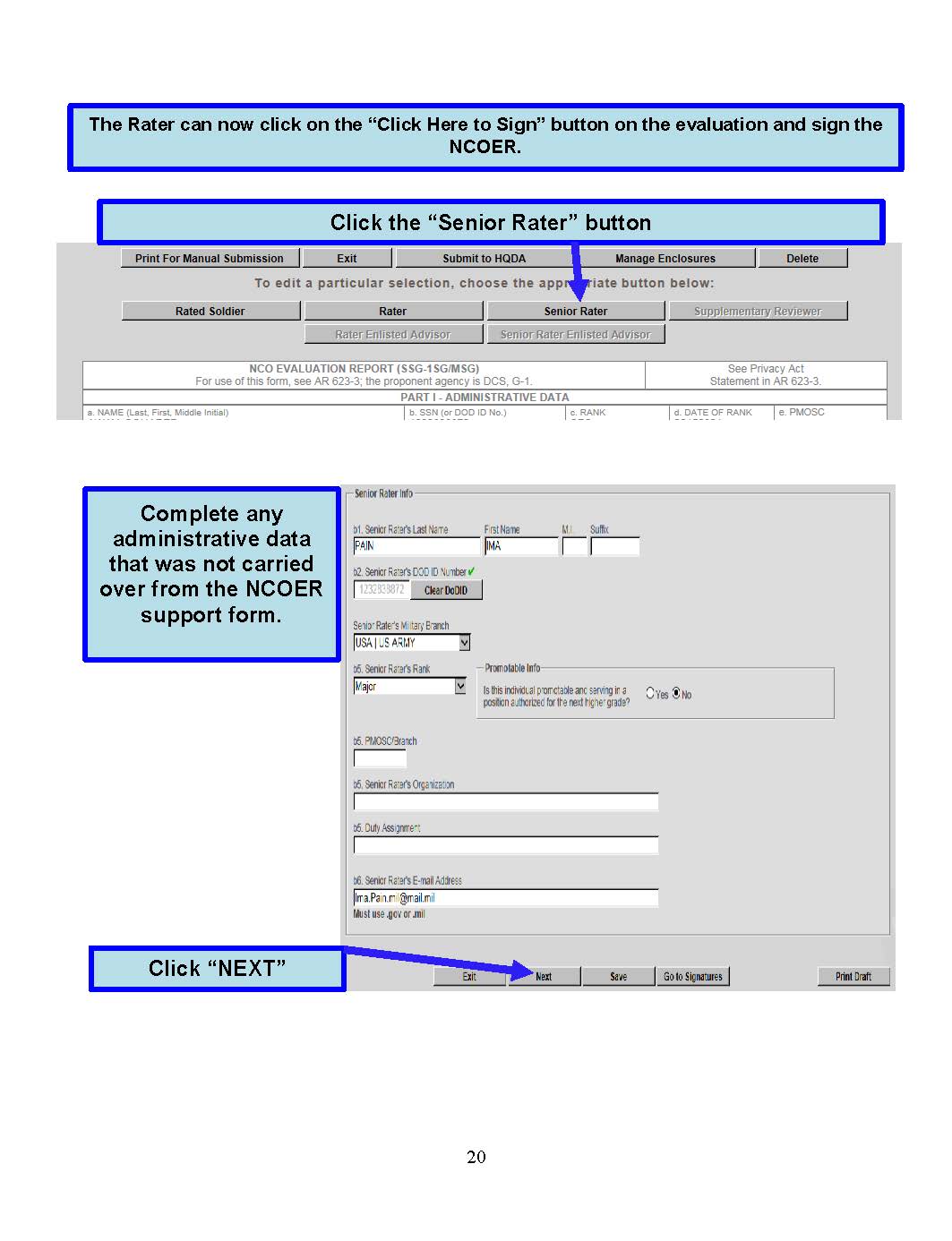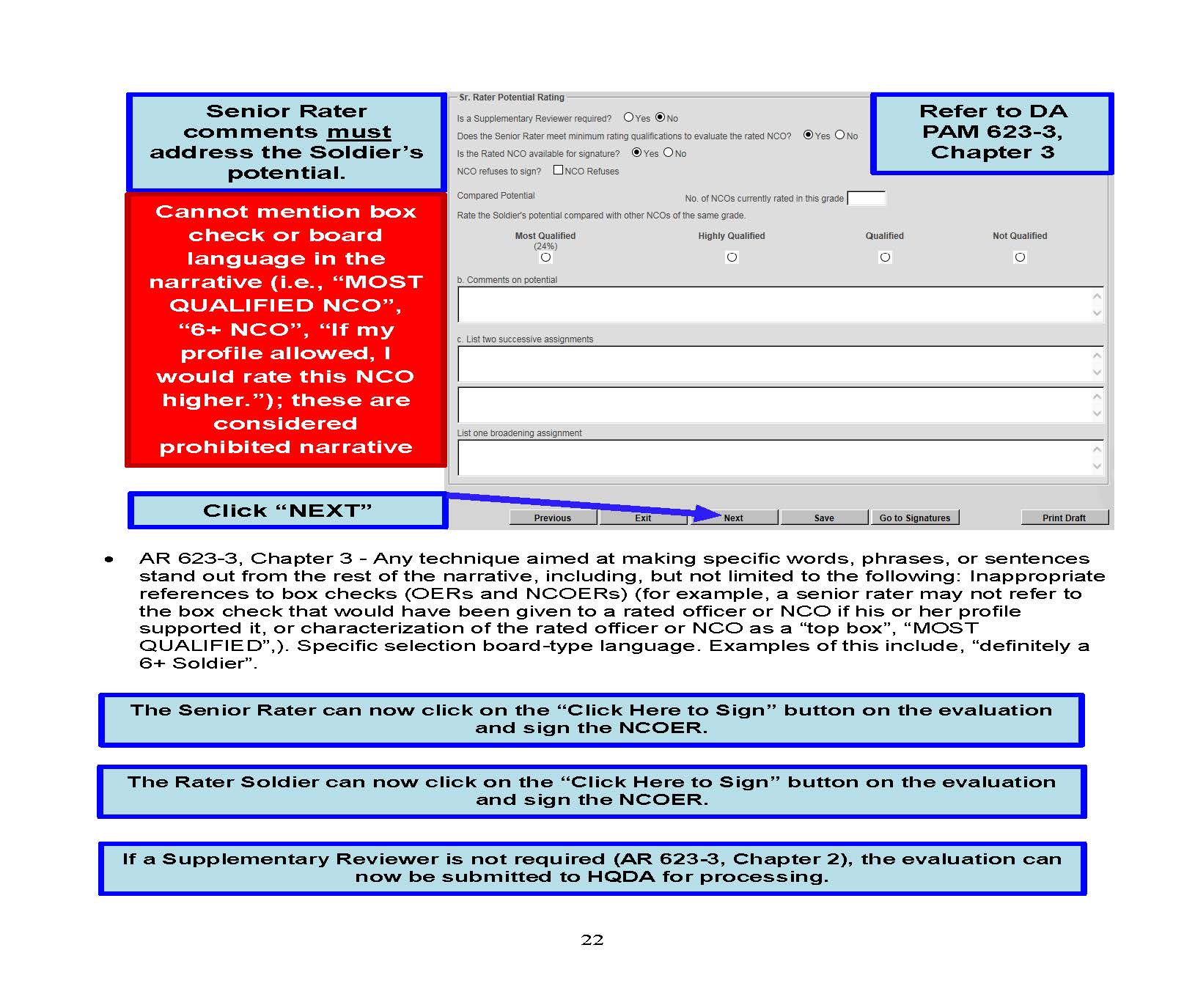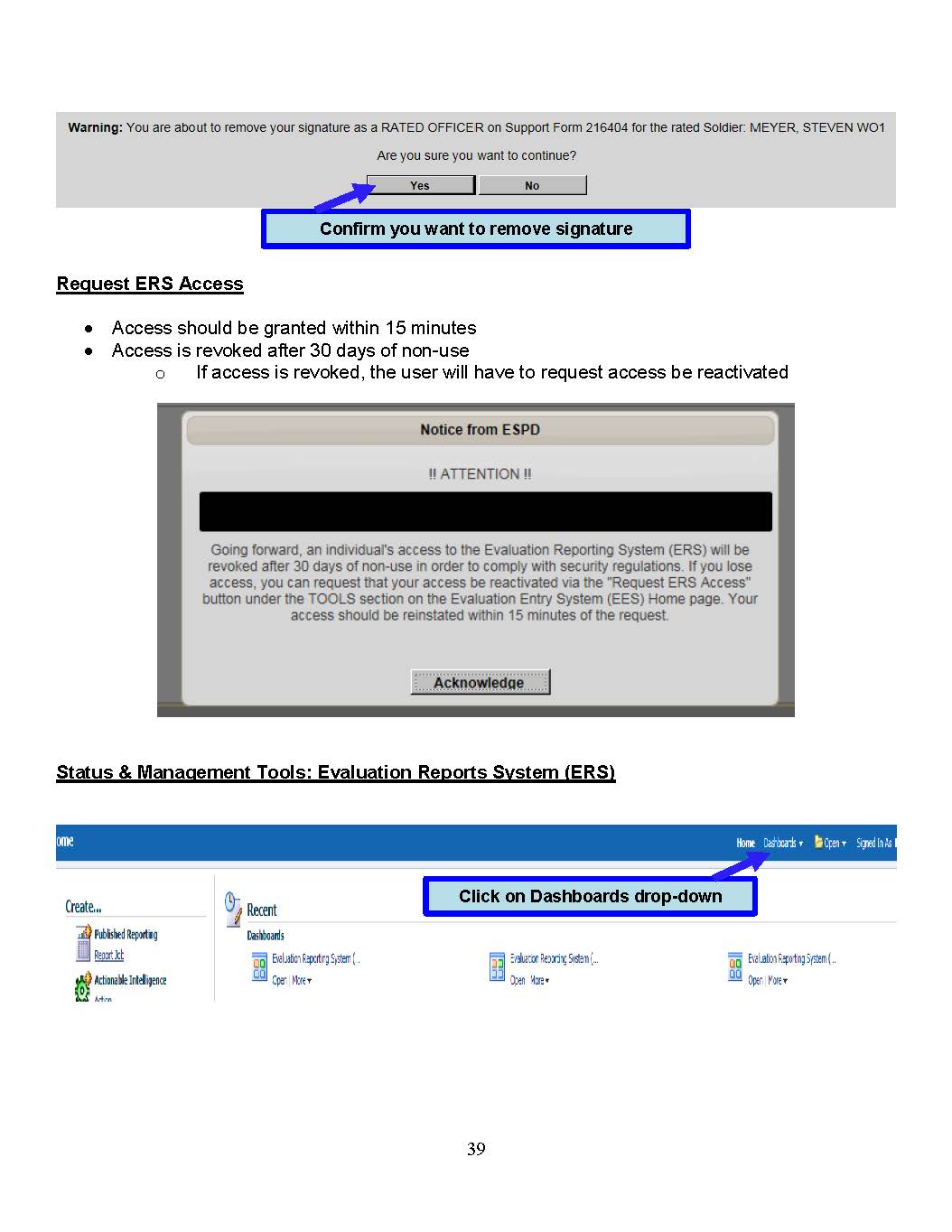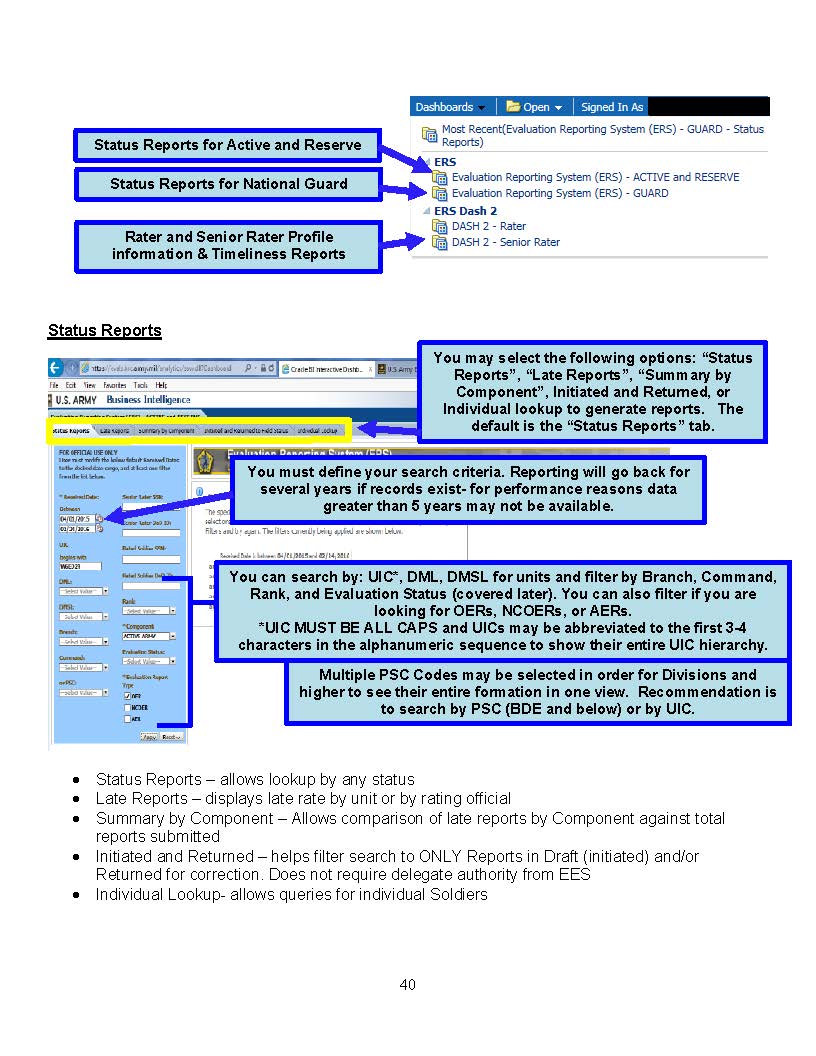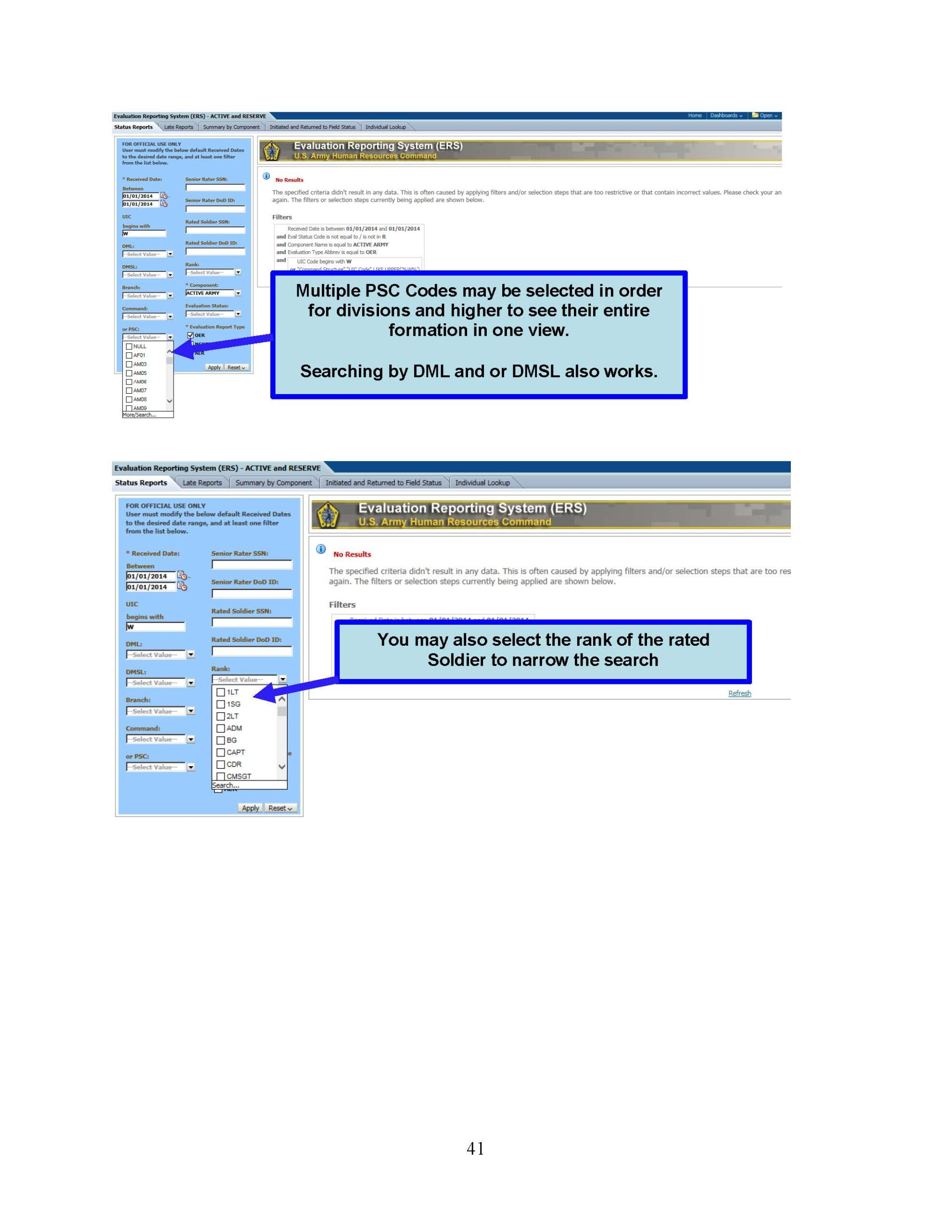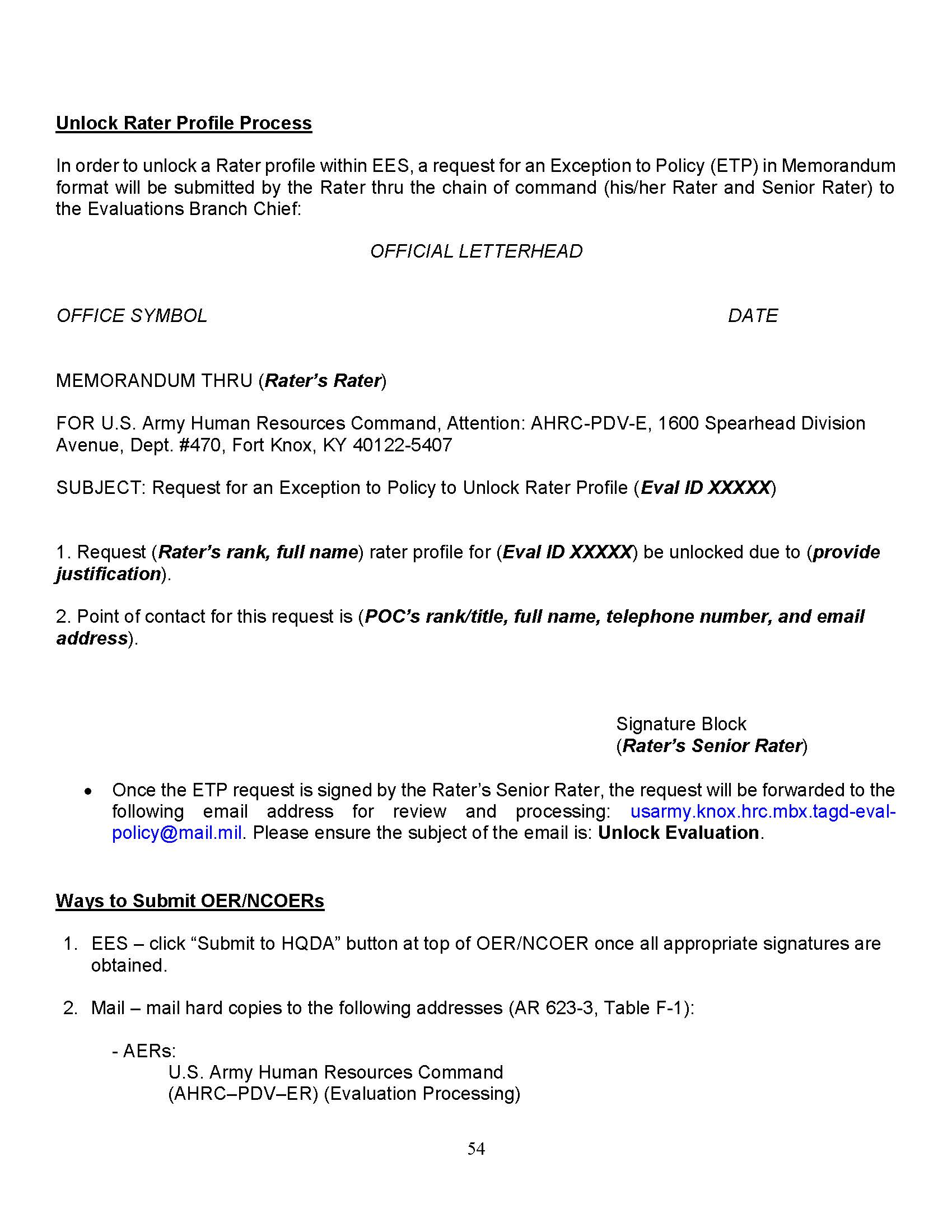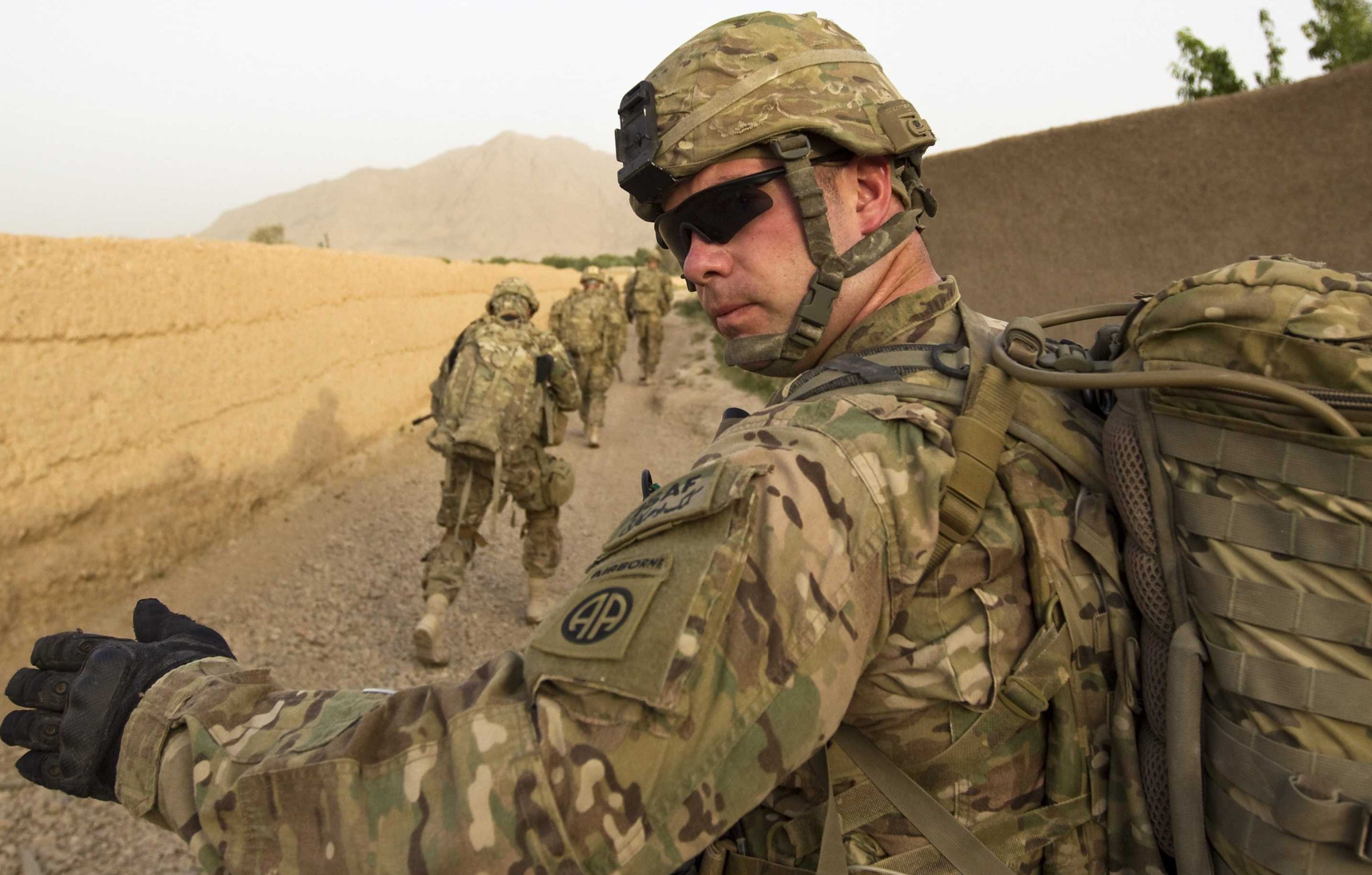“Can you quit the army?” is a question many service members grapple with during their military journey. Joining the armed forces is a monumental commitment, often driven by a mix of passion, patriotism, and personal goals.
However, life’s unpredictability, coupled with the unique challenges of military life, can lead individuals to reconsider their decision. This article delves deep into the complexities surrounding this question, providing insights, processes, and implications of making such a choice. Whether you’re a current service member, a concerned family member, or just curious, we aim to shed light on this often misunderstood topic.
Joining the military is a significant decision that requires a deep commitment. It’s not just about serving one’s country; it’s about dedicating years of one’s life to a cause. However, circumstances change, and there might come a time when one considers leaving before their term ends. This article delves into the complexities of such a decision, exploring the various ways to get out of the military and the potential repercussions of each.
“The military is not just a job; it’s a way of life. But like all ways of life, it might not be for everyone.” – Gen. Martin Dempsey
Basics of Leaving the Military
The military isn’t just another job; it’s a commitment, often bound by a contract known as army enlistment. Leaving the military isn’t as simple as handing in a resignation letter. It involves a process, often referred to as military discharge.
- Active Duty: This refers to full-time military service. Members on active duty are in the military full-time, living on a base or post, and can be deployed overseas.
- Contract Renewal: After the initial enlistment contract, a military member might have the option to renew or re-enlist, depending on their military member’s position and the needs of the service.
- Reserve Duty: Unlike active duty, reserve duty involves serving part-time, usually one weekend a month and two weeks a year. Reservists can be called to active duty in times of need.
Did You Know?: The average enlistment contract lasts four years, but service commitments can range from two to six years.
Reasons for Leaving the Army
There are myriad reasons why someone might consider leaving the army:
- Personal and Family Issues: Balancing military life with family can be challenging, especially with deployments. For instance, a soldier might have a newborn child and wish to be present during the child’s formative years.
- Physical and Mental Health Challenges: The rigors of military life can take a toll on one’s health. Soldiers might experience injuries in the line of duty or suffer from mental health issues like PTSD.
- Philosophical or Moral Dilemmas: Some might grapple with their views on fighting in wars or specific missions they’re assigned to. A soldier might be against a particular conflict their country is involved in.
- Desire for Civilian Life: The allure of a more “normal” life, with regular hours and more personal freedom, can be tempting. Some might wish to pursue higher education or a different career path.
Case Study: Sarah, a dedicated army officer, decided to leave after her first term. The reason? She wanted to pursue her passion for veterinary science. While she valued her time in the military, her love for animals drove her to a different path.
Types of Military Discharges
Leaving the military is categorized into various types of discharges, each with its implications:
- Honorable Discharge: This is the most favorable type. It signifies that the service member fulfilled their duties honorably.
- General Discharge: It’s a step below honorable and indicates that the service member’s performance was satisfactory but not exemplary.
- Other Than Honorable (OTH) Discharge: This type is given for more severe offenses, like misconduct.
- Dishonorable Discharge: Reserved for the gravest offenses, this type can have lifelong implications, including the loss of all military benefits.
Case Study: Consider John, a dedicated soldier who served for three years. He faced a personal tragedy and struggled to cope, leading to a few instances of insubordination. Instead of a dishonorable discharge, he received an OTH discharge due to the circumstances.
Leaving the Army During Specific Phases
Depending on when one chooses to leave, the process and implications can vary:
- During Basic Training: Leaving during this initial phase might be possible, but it’s not straightforward. It requires an administrative process, and the outcome can range from an honorable to an OTH discharge.
- Before Basic Training: If one has second thoughts before even starting, they might be able to request a release from their enlistment contract, often termed as “backing out.”
- After Basic Training: Once this phase is complete, leaving becomes more complicated, and the type of discharge received can vary based on circumstances.
Fact: Approximately 10% of recruits don’t make it through basic training, often due to medical disqualifications or personal reasons.
Special Cases of Leaving
There are specific scenarios where leaving the army is based on unique circumstances:
- Conscientious Objector Discharge: This is for those who, after enlisting, undergo a religious or moral awakening that prevents them from participating in wars.
- Early Education Release: Some might be allowed to leave to pursue higher education.
- Hardship Discharge: If there’s a severe personal or family crisis, like a hardship in the immediate family, this type might be granted.
- Convenience of the Government Discharge: This is a broad category that covers situations not fitting other categories but isn’t dishonorable.
“The military is a commitment, but it’s also an institution that recognizes the complexities of human life.” – Lt. Gen. Richard Harding
Consequences of Leaving Without Proper Procedure
Going “AWOL” or Absent Without Leave is a serious offense. It’s one of the negative ways to leave the military. The consequences can be severe, ranging from legal penalties, time in military prison, to a dishonorable discharge.
Fact: In the U.S., if a service member is AWOL for more than 30 days, they are considered a deserter, which can lead to criminal charges.
Financial Considerations After Leaving the Army
Transitioning back to civilian life brings financial challenges:
- Regular Bills: Unlike in the military, where many expenses are covered, civilians must handle all their bills, from rent to utilities.
- Loss of Military Benefits: Depending on the type of discharge, one might lose specific benefits, affecting their financial stability.
Table: Common Military Benefits and Their Civilian Equivalents
| Military Benefit | Civilian Equivalent |
|---|---|
| Base Housing | Renting or Owning a Home |
| Commissary Access | Grocery Shopping |
| Medical Care | Health Insurance |
| Education Benefits | Scholarships or Student Loans |
Support for Ex-Armed Forces Members
Fortunately, there are numerous organizations dedicated to helping veterans transition back to civilian life, offering support ranging from career advice to emotional counseling.
List of Organizations:
- Veterans Affairs
- Wounded Warrior Project
- American Legion
- VFW (Veterans of Foreign Wars)
Finding a Civilian Job After Leaving the Army
Transitioning to a civilian job can be challenging. Military skills might not directly translate to civilian roles, but they’re valuable nonetheless. It’s crucial to understand how to present one’s military experience in a way that appeals to civilian employers.
Table: Translating Military Skills to Civilian Jobs
| Military Skill | Civilian Equivalent |
|---|---|
| Leadership | Team Management |
| Discipline | Work Ethic |
| Strategy | Project Planning |
FAQs
Q1: Can I leave the army during basic training?
A1: Yes, it’s possible to leave during basic training, but it’s not straightforward. Leaving during this phase requires an administrative process, and the type of discharge you receive can vary, ranging from honorable to Other Than Honorable (OTH).
Q2: What are the different types of military discharges?
A2: The primary types of military discharges are Honorable, General, Other Than Honorable (OTH), and Dishonorable. The type of discharge one receives can have significant implications on post-military life and benefits.
Q3: What is a Conscientious Objector Discharge?
A3: A Conscientious Objector Discharge is granted to those who, after enlisting, undergo a religious or moral awakening that prevents them from participating in wars or conflicts.
Q4: Are there financial implications when leaving the army?
A4: Yes, transitioning back to civilian life can bring financial challenges. Depending on the type of discharge, one might lose specific military benefits, which can affect financial stability.
Q5: Can I be charged for going AWOL?
A5: Yes, going “AWOL” or Absent Without Leave is a serious offense. If a service member is AWOL for more than 30 days, they can be considered a deserter, leading to criminal charges in many jurisdictions.
Q6: Can I rejoin the army after leaving?
A6: It depends on the type of discharge you received and the circumstances of your departure. Those with an Honorable or General Discharge may be able to re-enlist, but it’s more challenging for those with an OTH or Dishonorable Discharge.
Q7: How can I get support after leaving the army?
A7: Numerous organizations, such as Veterans Affairs and the Wounded Warrior Project, are dedicated to helping veterans transition back to civilian life. They offer support ranging from career advice to emotional counseling.
Q8: Can I pursue higher education after leaving the army?
A8: Absolutely! Many veterans pursue higher education after their service. Depending on your discharge type and service duration, you might even qualify for education benefits to help cover costs.
Conclusion
Deciding to leave the army is a significant and often complex decision. While the military offers a structured environment with clear rules and benefits, personal, physical, or moral challenges can prompt individuals to consider an early discharge. It’s essential to understand the implications of such a decision, both immediate and long-term. Whether it’s the type of discharge, the potential loss of benefits, or the transition to civilian life, each aspect requires careful consideration. Always consult with a military legal advisor and make informed decisions. The journey might be challenging, but with the right resources and support, veterans can lead fulfilling lives post-military service.

